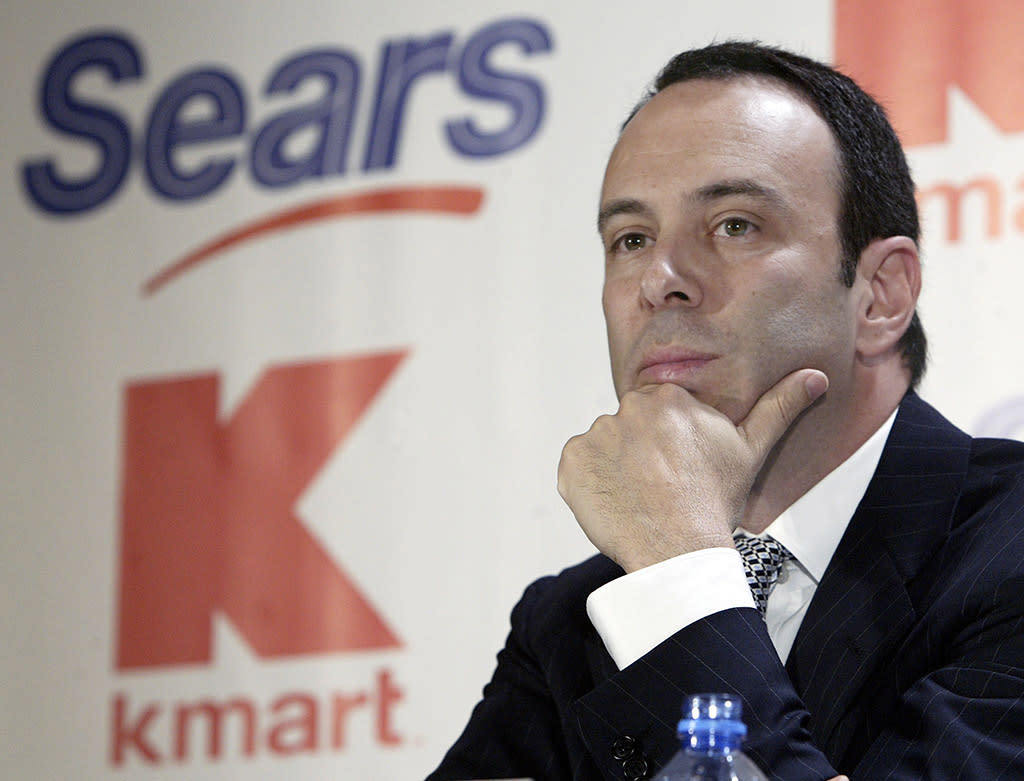Sears Lawsuit Alleges Billions in Assets Were Transferred to Ex-CEO & Shareholders Ahead of Bankruptcy

Sears Holdings Corp. is suing its own chairman and ex-CEO, Eddie Lampert.
The Illinois-based company — which formerly owned Sears and Kmart — filed a lawsuit on Wednesday in the U.S. Bankruptcy Court in the Southern District of New York. It alleged that its controlling shareholder, chairman and CEO illegally siphoned billions of dollars of assets as the retailer spiraled into bankruptcy. (The company’s unsecured creditors first took steps to sue Lampert in January.)
Related stories
Why Analysts Predict Another 75,000 US Stores Could Close by 2026
Why Sears' Hometown & Outlet Stores Rejected Ex-CEO's Offer to Buy Remaining Shares in Company
Why Sears Plans to Start Opening Stores Again
“Eddie Lampert… in concert with and assisted by other defendants, transferred billions of dollars of the company’s assets to its shareholders for grossly inadequate consideration or no consideration at all,” the lawsuit read. “This complaint is brought to make Sears whole for these thefts of its assets.”
About two dozen defendants were targeted in the suit, including the billionaire executive and his namesake hedge fund, ESL Investments Inc. It also named Treasury Secretary Steven Mnuchin, who was Lampert’s college roommate at Yale University as well as a former investor and member of the Sears board of directors.
In a statement to FN, ESL wrote that it “vigorously disputes the claims in the debtors’ complaint,” reiterating that the allegations were “misleading or just flat wrong.”
“The complaint completely ignores that the company’s market value ranged between $2.5 billion and $5 billion during the period when these transactions took place,” the firm wrote. “ESL was a constant source of financing for Sears Holdings over many years, including through the extension of $2.4 billion in various secured financings to the company. These financings and other transactions involving Sears’ assets were undertaken to facilitate the company’s continued operations and implement its transformation plan.”
Sears’ debt holders have been vocal about blaming the retailer’s demise on Lampert, whom they claimed worked for his own gain rather than in the interest of the business.
The lawsuit called out the sale of profitable stores to real estate firm Seritage Growth Properties, of which both Lampert and ESL had ownership stakes. The stores — which were significantly undervalued by hundreds of millions of dollars — were then leased back to Sears. (Other assets that were sold off included Sears Hometown & Outlet Stores in 2012 and Lands’ End in 2014.)
“In an effort to create a false record to cover up their asset-stripping, at Lampert’s personal direction, Sears employees repeatedly produced financial plans reflecting fanciful, bad-faith predictions that the company would experience an immediate and dramatic turnaround from deep and mounting losses to sudden profitability,” the lawsuit reads. “Had defendants not taken these improper and illegal actions, Sears would have had billions of dollars more to pay its third-party creditors today and would not have endured the amount of disruption, expense and job losses resulting from its recent bankruptcy filing.”
Sears filed for bankruptcy on Oct. 15 after years of faltering sales and trimming its store count. When Sears and Kmart merged in 2005, the retailer had about 3,500 stores across the country and upwards of 300,000 workers. Last year, it was down to approximately 1,000 locations and 89,000 employees.
“Sears was suffering billions of dollars of losses annually and had not generated positive cash flow from operations for years,” the lawsuit added. “Sears, once one of the country’s dominant retailers, was falling further and further behind its competitors in a rapidly declining retail market.”
Lampert, who took control of the business in 2005 and still serves as chairman, struck an eleventh-hour deal in February to keep the 126-year-old company alive, promising to continue operations at 425 stores and save the jobs of 45,000 employees. He offered to return the retail chain to a position of profitability under a new entity called Transform Holdco LLC.
Want more?
Why Sears’ Hometown & Outlet Stores Rejected Ex-CEO’s Offer to Buy Remaining Shares in Company
How Can Sears Stay Viable in the Long Run?
Sign up for FN's Newsletter. For the latest news, follow us on Facebook, Twitter, and Instagram.

